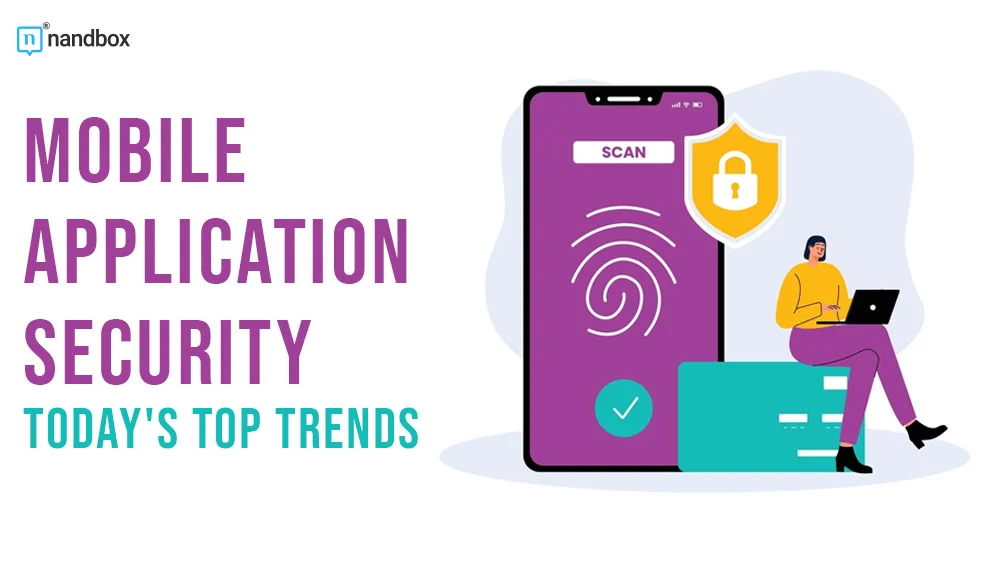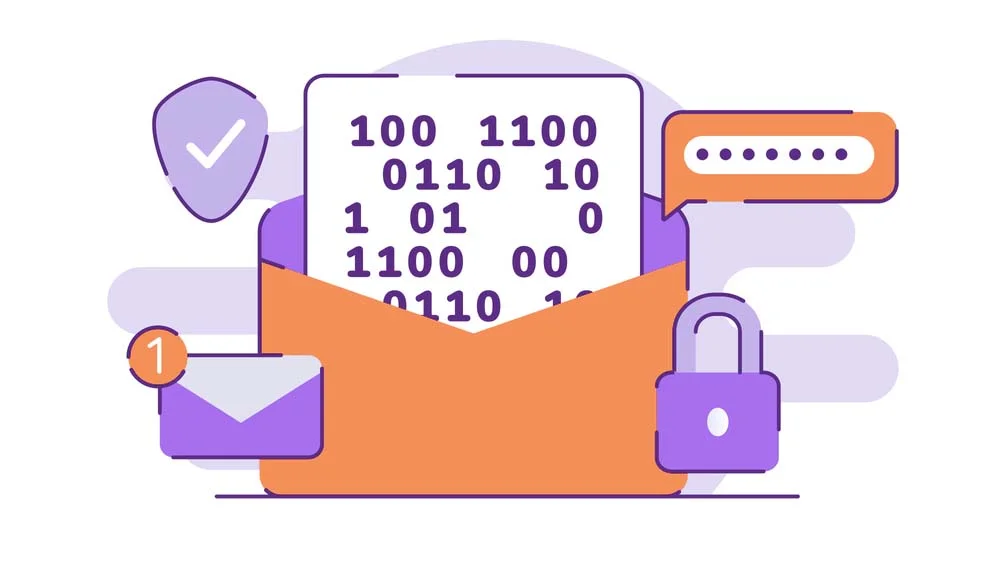In today’s digital age, mobile applications have become an integral part of our daily lives, providing convenience and efficiency at our fingertips. However, with the rise in mobile app usage comes an increase in security threats. As a result, mobile application security has become a critical focus for developers, businesses, and users alike. This article will explore the current trends in mobile application security. It highlights the measures being taken to protect sensitive data and maintain the integrity of mobile platforms.
The Importance of Focused Education in Cybersecurity

One of the most significant trends in mobile application security today is the growing emphasis on focused education and awareness of cybersecurity. With cyber threats evolving rapidly, developers, IT professionals, and even users need to stay informed about the latest risks and protection strategies. Focused education is key to understanding the complex landscape of cybersecurity and how it impacts mobile applications.
Educational initiatives are being designed to help individuals grasp the intricacies of cybersecurity, particularly in the context of mobile applications. These programs range from short courses and certifications to advanced degrees. They are all aimed at equipping learners with the necessary skills to identify, assess, and mitigate security risks. The goal is to make sure that the next generation of developers and cybersecurity experts are well-versed in the latest security protocols and technologies. For those looking to delve deeper into cybersecurity, pursuing specialized education can be highly beneficial. Many institutions now offer comprehensive programs tailored to the needs of today’s cybersecurity landscape.
For example, a cybersecurity masters program can provide in-depth knowledge and practical experience in tackling advanced security challenges. Such programs are designed to prepare professionals for the increasingly complex demands of mobile application security. This makes them better equipped to protect against emerging threats. By making sure that individuals are well-informed and trained, we can build a stronger defense against the ever-growing array of cyber threats targeting mobile platforms.
The Rise of Biometric Authentication
As mobile applications handle more sensitive data, the need for robust security measures has never been greater. One of the most significant developments in mobile application security is the rise of biometric authentication. This technology uses exclusive physical characteristics, like facial recognition, fingerprints, and also iris scans, to verify a user’s identity. Biometric authentication is gaining popularity because it offers a greater degree of security compared to conventional methods such as PINS and even passwords.
Passwords can be guessed, stolen, or forgotten. However, biometric data is unique to each individual, making it much harder for unauthorized users to gain access. Additionally, the integration of biometric authentication in mobile applications enhances user convenience. It allows quick and seamless access to services without compromising security.
The increasing demand for secure mobile transactions also drives the adoption of biometric authentication. As more users rely on mobile devices for banking, shopping, and other sensitive activities, the need for advanced security measures has become paramount. Biometric authentication provides an additional layer of protection. This ensures that even if a device is lost or stolen, the user’s data remains secure.
Moreover, advancements in biometric technology are making these methods more reliable and accessible. For instance, facial recognition software has improved significantly in recent years, reducing the chances of false positives and enhancing accuracy. As a result, more mobile applications are incorporating biometric authentication as a standard security feature.
The Growing Need for End-to-End Encryption
Another critical trend in mobile application security is the growing need for end-to-end encryption. With the increasing amount of personal and financial information being transmitted through mobile apps, ensuring that data is securely encrypted has become a top priority. End-to-end encryption guarantees that data is encrypted on the sender’s device and can only be decrypted by the intended recipient. This means that even if the data is extracted during transmission, it can’t be read by any unauthorized parties. This level of security is essential for messaging apps, financial services, and any application that handles sensitive information.
Rising concerns over privacy and data breaches have further fueled the push for end-to-end encryption. Users are becoming more aware of the risks associated with using mobile applications and are demanding better protection for their data. As a result, developers are increasingly implementing end-to-end encryption to meet these demands and build trust with their users.
The Impact of Artificial Intelligence on Security
Artificial Intelligence (AI) is playing an increasingly important role in mobile application security. AI technologies are being used to enhance security measures, detect vulnerabilities, and respond to threats more effectively. The use of AI in cybersecurity is helping to keep pace with the rapidly evolving threat landscape. One of the primary ways AI is being used in mobile application security is through the detection of anomalies and potential threats. Machine learning algorithms can analyze vast amounts of data to identify patterns and behaviors that may indicate a security breach.
For example, AI can detect unusual login attempts, irregular data access patterns, or unexpected changes in application behavior, allowing for quick response to potential threats. AI is also being used to improve threat intelligence. By analyzing data from various sources, AI systems can provide real-time insights into emerging threats. They help organizations stay ahead of cybercriminals. This proactive approach to security allows developers to patch vulnerabilities before they can be exploited and implement countermeasures to prevent attacks.
Furthermore, AI is enhancing user authentication processes by adding an extra layer of security. For instance, AI-powered behavioral biometrics can analyze how a user interacts with their device. This includes typing speed or swiping patterns, to verify their identity. This technology can detect if someone other than the authorized user is trying to access the application, triggering additional security measures.
The Role of Regular Security Audits
Lastly, regular security audits are becoming an essential practice in mobile application security. As the threat landscape continues to evolve, it is crucial for organizations to regularly review and update their security measures to protect against new vulnerabilities. A security audit involves a comprehensive examination of a mobile application’s security protocols, code, and infrastructure to identify potential weaknesses. This process helps developers and organizations understand the current state of their security and take proactive steps to address any issues.
Regular security audits also help organizations stay compliant with industry standards and regulations. As data protection laws become more stringent, conducting regular audits can help make sure that mobile applications meet the necessary security requirements and avoid costly fines or legal repercussions. In addition to identifying vulnerabilities, security audits provide valuable insights into the effectiveness of existing security measures. This allows organizations to make informed decisions about where to allocate resources and prioritize security efforts.
All in all, staying updated with the latest trends in mobile application security is crucial in today’s digital landscape. From focused education in cybersecurity to the adoption of biometric authentication, end-to-end encryption, and the integration of AI, these trends are shaping the future of mobile security.




